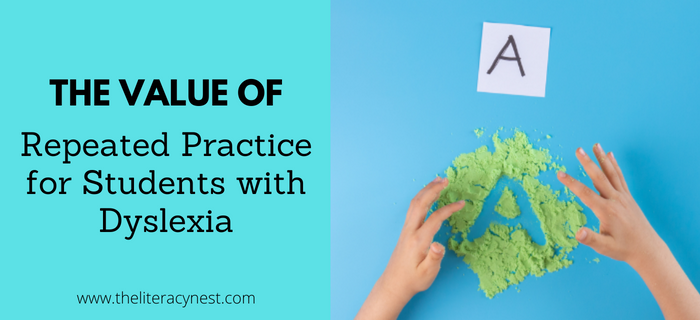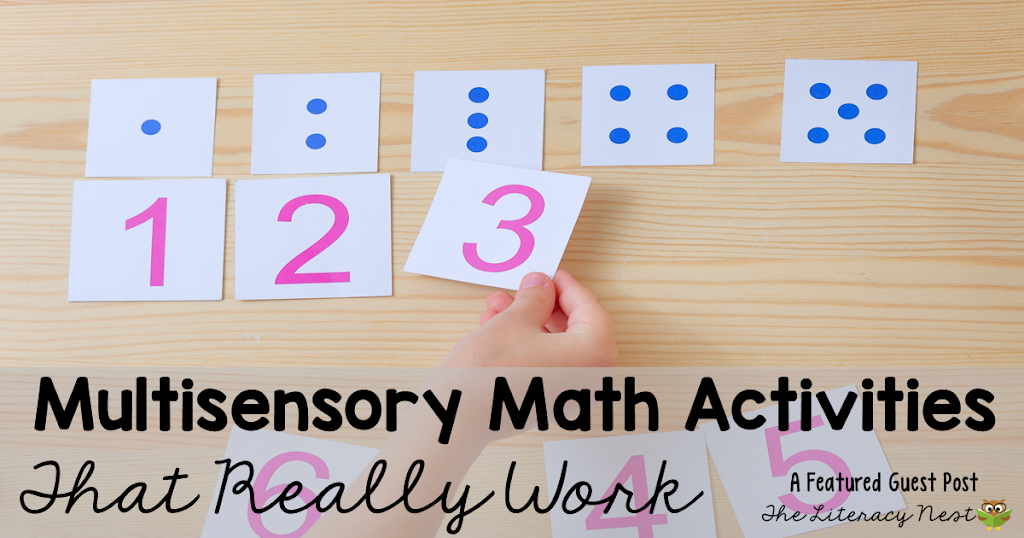Top Time Management Tools for Students
Often, the students we work with as tutors struggle with time management. Some may not have a good sense of time, and some struggle with using time efficiently and effectively. You may need some time management tools for your students.

Why is this so often a problem for our students? As you know, ADHD and dyslexia are often comorbid conditions. This is just an official way of saying that they very often occur together. As I tell my students, ADHD and dyslexia are like peanut butter and jelly. Part of ADHD and other neurodivergences is difficulty with executive function. Executive functioning skills are the mental processes that allow us to plan, organize, make decisions, and regulate. One aspect of executive functioning is time management. Time management consists of several specific skills, including the ability to estimate time, allocate it effectively, and meet deadlines.
Many students and adults with ADHD struggle to make accurate predictions about how long a particular task is going to take. There is a tendency to either overestimate or way underestimate.
Top Tools for Helping Your Students with Time Management:
Grab your downloadable shopping list, here!
This list contains Amazon affiliate links. I may earn a small commission (at no extra cost to you) if you purchase through these links.
1. Model the use of time management tools
One way we can help students with these difficulties over time is to model self-regulation and time organization as adults. When students see us modeling and using time management tools, it normalizes their use. We can start with low-tech tools that provide a nonverbal clue and eventually move on to higher-tech options like the use of apps or digital tools and reminders.
2. Visual schedules
One particularly helpful low-tech tool is to use a visual schedule for the Orton-Gillingham lesson. Our students often thrive on the predictable lesson routine. It can have a very calming effect for students to have some sort of visual tool to keep track of where in the lesson we are. A checklist helps them develop the skills of knowing what they have just finished and what is coming up next. This is a way of scaffolding their development of an internal awareness of the routine. Another variation on the visual checklist is a dry-erase chore chart. Students love sliding the buttons to mark the completion of each task.
Watch this video on The Literacy Nest YouTube channel to see exactly how I use a visual schedule with my students!
3. Visual timer
Another useful tool for improving time management is a visual timer. Visual timers help students see the passage of time to make it more concrete. This non-ticking visual timer is a great way to help train the brain to a more accurate awareness of time. A more high-tech option is this digital hourglass. Much more than a simple timer, this digital tool can measure times of 1 to 100 minutes. The light dims gently and silently as the timer counts down. A soothing chime marks the end of the period. It sets with a simple twisting motion and provides visual support for students learning to manage time. Perfect for using the Pomodoro method (a period of concentrated work, followed by a shorter break period).
4. All-in-one tool
When students are familiar with these tools, they may find an all-in-one tool like the 3-in-1 visual timer, task timer, and digital planner a useful tool for organizing their homework time. Flexible enough to track multiple timers and set to vibrate or ring, but simple enough that it is easy for kids to use.
I also love this timer tool that is combined with a magnetic dry-erase board!
5. Digital calendar
Since the struggles with time management that accompany executive function challenges don’t go away, the variety of tools available ranges from very simple to very complex. The strategy of using these tools is something students can bring with them into their adult life. And the complexity of family life may call for a very high-tech system such as the Skylight calendar. This touchscreen device is a calendar, to-do list, chore chart, and family meal plan all in one.
Tools don’t miraculously fix time management struggles, but when we teach students how to use them effectively, they can develop a system that works for them and that supports them in the way they need the most. Eventually, we want students to gain independence by using these tools so they can effectively mitigate their challenges.
Looking for more tips to help your students with executive function skills? Read 20+ Tips for Supporting Executive Function Skills at Home!
6. Read alouds
One great way to introduce students to executive function skills is through read-aloud books. This series by Bryan Smith, an author and school counselor, helps students understand some of the most common executive function challenges.
- Time to Get Started by Bryan Smith Blake struggles when he must do something that he doesn’t want to do. Often the hardest part of a task is getting started. Blake learns to become introspective about why he is struggling with getting started. Task initiation is a challenge for many people with ADHD, but it is also a skill that can be practiced and made easier.
- How Do I Remember All That by Bryan Smith Braden is having difficulty remembering details to complete more complex assignments in reading comprehension and word problems. In this story, Braden learns several strategies to improve working memory such as the use of mnemonics, visualization, and breaking complex tasks into smaller parts.
Other books from this helpful series include books on impulse control, flexible thinking, self-control, organization, problem-solving, self-monitoring, planning and preparation, and staying on task.
Check out even more books to help your students with time management. Read 10+ Children’s Books to Support Executive Function!
Are you looking for professional development that will help you better support your students with dyslexia? The Literacy Nest has a membership for that…
Building Readers for Life Academy is a monthly membership program that empowers educators AND families. It dives into structured literacy and strategies for ALL learners. With BRFL Academy, you’ll learn what it takes to help EVERY student become a reader for life.
Join Building Readers for Life Academy today and pay just $1 for your first 30 days! Click here.





